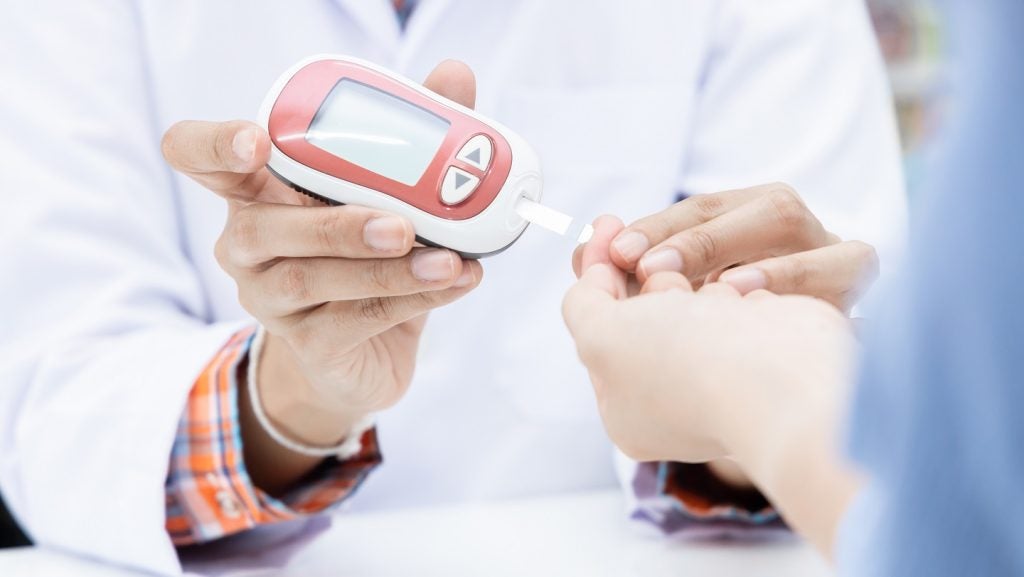Modern surgery’s emphasis on miniaturisation and minimally invasive procedures has consistently inspired innovations and new solutions. One such solution is the embolic protection device.
A Cerebro-Vascular Accident (CVA) or stroke can be caused by bleeding in brain tissue, a spasm in the small arteries that feed nutrients to the brain or, as is often the case, the failure of blood to reach a portion of the brain as a result of a blocked blood vessel.
Incidents of stroke are often ischaemic in nature. This is a state where the brain is deprived of an adequate blood supply over an extended period. Often the artery involved in such an event is the Middle Cerebral Artery (MCA), a major branch of the internal carotid artery.
CAROTID ARTERY STENTING
In traditional surgery to remedy blocked carotid arteries, the arteries are cut and cleaned, but increasingly, a minimally invasive interventional procedure called carotid artery stenting is being performed. This involves feeding a stent up into the carotid artery in the neck through a catheter near the leg.
See Also:
However, this process can cause small pieces of plaque to break off and enter the bloodstream. To tackle this problem, innovators came up with Embolic Protection Devices (EPDs). EPDs capture and remove embolic debris released during interventional procedures to reduce the risk of debris travelling to the heart or brain.
How well do you really know your competitors?
Access the most comprehensive Company Profiles on the market, powered by GlobalData. Save hours of research. Gain competitive edge.

Thank you!
Your download email will arrive shortly
Not ready to buy yet? Download a free sample
We are confident about the unique quality of our Company Profiles. However, we want you to make the most beneficial decision for your business, so we offer a free sample that you can download by submitting the below form
By GlobalDataFor more than two decades, interventional cardiologists denied the need for protection devices, because the risk of embolisation events resulting from Percutaneous Coronary Interventions (PCI) was not considered to be significant. Also, embolisation events were often seen as being due to poor technique or lack of skill on the part of the surgeon.
However, consistent data has confirmed that distal embolisation – which can produce serious complications, including heart attacks – is a relatively common event, especially during high-risk interventions. It has also been established that the risk exists over the full range of vascular interventions, including coronary, carotid and peripheral vessel surgery.
EUROPEAN PICTURE
Embolic protection has been in use in Europe since the late 1990s, with commercialisation picking up in 2000.
It is a growing market in terms of current market acceptance, and the revenue generated by these devices for cardiac and peripheral vascular intervention procedures in Western Europe amounted to $17m in 2004 (Frost & Sullivan). The market for embolic protection is continuing to grow as the technology develops.
Embolic protection technology can now be applied in neurovascular, cardiovascular and peripheral vascular procedures. Embolic protection has been highly recommended in Europe for carotid procedures, and this remains the most popular use for EPDs.
In cardiac procedures, EPDs are normally used during PCI in Saphenous Vein Grafts (SVG).
The use of EPDs in cardiac procedures is still low, but is expected to grow. An increase in the use of EPDs during Acute Myocardial Infarction (AMI) interventions is expected. EPDs used in peripheral procedures are mainly used in carotid artery procedures. Recent developments include studies on the possibility of using EPDs in renal procedures.
A range of different EPDs is available. These include:
- Balloon occlusion devices that temporarily occlude a vessel when placed distally to the lesion during intervention, and capture and aspirate the debris
- A filter system consisting of a basket at the end of a guidewire, which preserves some level of blood flow while capturing and retrieving debris through small pores
- A catheter occlusion device, which incorporates an occlusion balloon at the end of a sheath, allowing the operator to reverse the flow and extract the debris through the sheath
EPD ACCEPTANCE IS GROWING
In Western Europe, acceptance issues and challenges continue to occur. However, immense growth in carotid stenting is, by itself, expected to fuel growth in embolic protection, especially in countries such as Germany and Italy, where it is regarded favourably.
Spain, France and the Benelux countries are regarded as important future markets, as are the UK and Scandinavia over the long term. Conclusive evidence of the efficacy of EPDs in renal applications will fuel future growth in these countries.
France is considered to be more favourable towards using embolic protection in cardiac applications. But overall the use of EPDs in cardiac applications is limited, as the clinical evidence on their effectiveness is regarded as inadequate.
As further studies and trials are completed and the range of applications for EPDs increases, the market is expected to grow. At present, the market for EPDs has been held back by doubts over their ease of use, effectiveness and cost, as well as conservative thinking. However, this situation is expected to change.
In cardiac applications, EPDs are in the early part of their growth phase. Market penetration levels are low in the area of interventional procedures, while in peripheral applications, EPDs are higher up their growth curve. Overall, the adoption of EPDs is increasing, and new companies are entering the market. Meanwhile, there is great interest in clinical study results.
One emerging trend is for the smaller companies that often conceive of, design and produce EPDs to be acquired by a larger company. Alternatively, they may form an alliance with a large company. This trend is expected to continue and accelerate.
FUTURE CHALLENGES
The future of EPDs looks promising, but there are significant challenges ahead on many fronts. One of the most important challenges the technology faces is in collecting good clinical data from studies to conclusively establish the case for embolic protection. Increasing the number of applications for EPDs can only be achieved if their effectiveness is supported by good clinical
data.
Making EPDs user friendly is another important challenge. Ease of use is paramount, while innovative delivery systems will be required to ensure that disruptions and complications in interventional procedures are not caused.
On the technical side, an effort to develop devices with good crossing profile is required.
Crossing profile is an important consideration when crossing tight lesions, initiating a trend towards lower-profile devices. Reimbursement for EPDs has been problematic so far, as an EPD is technically not part of a device being implanted into the body.
Securing adequate recognition and reimbursement for the device as a necessary part of the procedure is another challenge. Reimbursement is also affected by budget restrictions that inevitably hinder acceptance of the need for an additional device as part of the procedure.
Surgeons also face challenges. The introduction of embolic protection into a procedure requires the surgeon to deliver, aspirate and remove the device as well as consider this additional device in the context of the operation as a whole. Complications and hindrance caused by EPDs must be kept to a minimum, as this will affect their acceptability in the medical community.
The market for EPDs is still in the growing stage, where innovations and technological improvements along with extensive clinical data in support of EPD use are expected to drive the market. Steady overall growth is predicted until 2011, when the market is expected to be worth over $90m.
The movers and shakers in cardiovascular devices have recognised the market potential of EPDs and have leveraged products that expand their device portfolio. The leaders in the field include Boston Scientific, ev3, Inc, Cordis Corporation, Abbott Laboratories and Guidant Corporation. Other participants in the market include Velocimed, Inc, Kensey Nash Corporation, Medtronic, Inc, Edwards Lifesciences and WL Gore and Associates.
DYNAMIC MARKET
There is a high rate of technical change and dynamism in the EPD market. As already mentioned, the market has seen innovations come from star t-ups that have then been acquired by larger medical device companies, which incorporate these innovations into their portfolios.
One of the earliest examples of this was the acquisition of PercuSurge by Medtronic, Inc. More recently, the Proxis embolic protection system has been incorporated into St Jude Medical’s portfolio, while Johnson & Johnson’s dealings with Guidant Corporation have evoked much interest.
Boston Scientific Corporation’s acquisition of Rubicon Medical Corporation has also added to activity in the industry.
In an already crowded market, the race is on to attain more market share or capture niche markets. In the context of the rapidly expanding and technologically advancing stent market, embolic protection devices are now seen as ‘must have’ cardiovascular devices.






